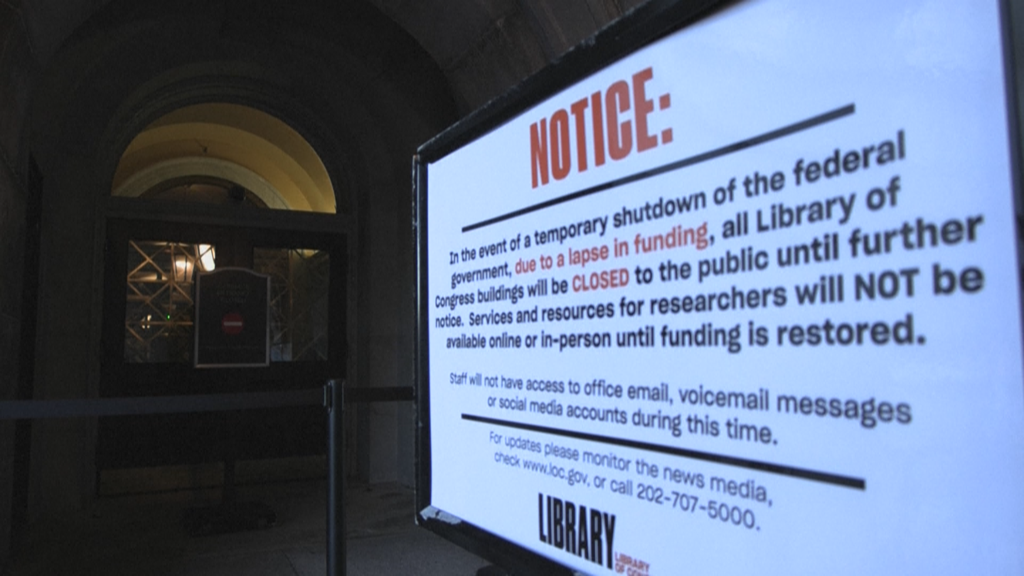Life in Imperial Rome Returns to the MFAH
More than 160 objects from the period of the Roman Empire come to the Museum of Fine Arts, Houston. The post Life in Imperial Rome Returns to the MFAH appeared first on Houston Press.


If asked to name a Roman Emperor, most would probably spit out the monikers of Julius Caesar, Nero, or perhaps Caligula.

Well, Ol’ ill-fated J.C. was never actually an Emperor, but “Dictata Perpetuo” (“Dictator for Life”). His successor, Augustus, was actually the first to hold the title. It’s Shakespeare (and salad enthusiasts) who have also kept the Caesar name going. Nero is more remembered for his fiddle playing than his cruel and extravagant reign. And Caligula for his, um, clothing-optional social gatherings.
Less on the tip of the tongue Trajan (pronounced Tray-jen). Born Marcus Ulpius Traianus, he ruled from 98-117 AD and was known as the second of “Five Good Emperors” who oversaw the Roman Empire at its peak.
Now, the Museum of Fine Arts, Houston brings the glory that was Rome to Houston with the exhibit Art and Life in Imperial Rome: Trajan and His Times. It runs from November 2-January 25.
It will feature more than 160 objects including busts, statues, frescoes, helmets, furnishings, coins, mosaics, everyday household items, and a 100-foot reproduction of the still-standing in Italy “Trajan’s Column.” The items are on loan from museums in Rome, Naples, Ostia, and Vatican City.
“I feel like when people think about an exhibit [like this] from Imperial Rome, they think of those life-sized sculptures, and we have several of those,” says Danielle Bennett, the MFAH Site Curator for the exhibit. “But there is so much more here.” The exhibit’s original Curator is Dr. Lucrezia Ungaro, former director of the Imperial Forums Museum, Rome.

One interesting point that the exhibit’s title cards mention is the difference between the type of art that a wealthy Roman would have in their homes versus that made for display in public and common areas of the city. Bennett says most of what has survived to this day are made of sturdier material like ceramic, stone, and metal—what the wealthy would have. Some will be displayed in a “house” setting.

“What the most ordinary Roman citizens would have been using wouldn’t have survived, like leather, wood, and woven baskets. So [exhibitgoers] won’t have that perspective. It all comes down to the permeability of materials. But we intersperse it all.”
During his reign, Trajan was so respected by the people and those in government that the Roman Senate bequeathed him the additional title of “Optimus Princeps” (or “The Best”). It ended with his death from a heart attack at the age of 63.
And while the vast majority of contemporary writings by or about him have been lost to time, most accounts peg Trajan as an honorable soldier-leader with keen interests in philanthropy, art, and building infrastructure (including public baths!). And other accounts back that up, including the writings and correspondence of Pliny the Younger, of which this exhibit features some reproductions.
“We have some of Trajan’s written responses to Pliny. So, there are some letters where Trajan says ‘My only concern should be the welfare of the public,’” Bennett says. “After he died, from that point on, when the Senate did the blessing to the next Emperor, they would say ‘May you be as lucky as Augustus and as good as Trajan.’ And that never changed through the years.”

She adds that there are even Medieval tapestries from hundreds of years later which depict Trajan in some good or heroic way—even if they’re not exactly historically accurate.
“In one, Trajan’s son has pushed a kid into the river who was drowned. So, Trajan rules that his own son must be pushed into the river too. But he never had any sons!” Bennett laughs (Trajan and his wife Plotina had no children).
“So his reputation is kind of crazy in how it builds up. We get all the fun stories about the bad Emperors, but we don’t get them about Trajan. He fought with his soldiers and had no [pretension].”
During his time, other accomplishments included the revitalization of the Circus Maximus (home to chariot races, religious spectacles and—yes—gladiator combat), the building of a bridge over the Danube River, and the creation of “Trajan’s Forum” featuring a market, public piazza, and rooms.
It’s where Trajan’s Column stands, commemorating Rome’s victory in the Dacian Wars. The column shows 2,662 figures and 155 scenes and Trajan himself appears on the column 58 times. The MFAH exhibit’s 100-ft. reproduction will certainly be a highlight for many viewers.
And while we think they are missing a great marketing opportunity, Bennett says that docents for Art and Life in Imperial Rome will not be sporting togas or gladiator costumes during the exhibit’s run.

Finally, we ask Bennett our standard exit question for MFAH Curators: If Director Gary Tinterow walked into her office and said “Danielle, you’ve done such a great job with this, you can take one object home,” what would it be—and why?
“That’s such a challenging question for me, because I have a Ph. D in Archaeology, so I wouldn’t take anything!” she offers. Though when pressed, she does note her two favorite pieces. One is a giant drum that goes on top of a wooden ship to hold its oars and was recovered from a post-Trajan period sunken ship.
“There’s also this very charming chimera!” she says of a mythological, fire-breathing creature usually depicted as a lion with a goat’s head on its back and serpent for a tail. “That one is really fun!”
Art and Life in Imperial Rome: Trajan and His Times runs November 2, 2025-January 25, 2026 at the Museum of Fine Arts, Houston in the Audrey Jones Beck Building, 5601 Main. For more information, call 713-639-7300 or visit MFAH.org. Adults, $24, Children under 12 are free,
The post Life in Imperial Rome Returns to the MFAH appeared first on Houston Press.

























































